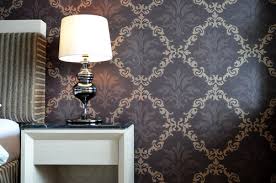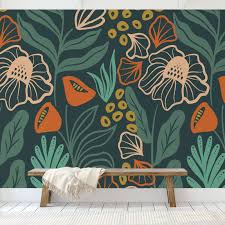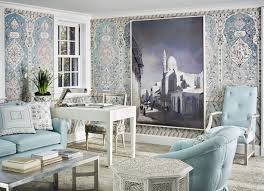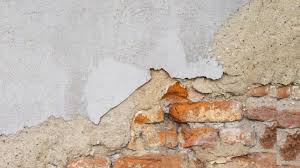
Are Wallpapers Safe in Humid Indian Homes? Why Damp-Proof Solutions Matter
Wallpapers have become a popular interior decor choice in modern Indian homes, but humidity poses a serious challenge. In high-moisture regions like Chennai, Mumbai, Kochi, Kolkata, Goa, and other coastal or monsoon-prone cities, excess moisture in the air can damage wallpapered walls over time. Before choosing wallpaper for such homes, it is important to understand how humidity affects wall surfaces and what precautions need to be taken to ensure durability.
How Humidity Damages Wallpaper

Humidity weakens wallpaper from within the wall. When the surface beneath is not treated properly, moisture finds its way to the adhesive layer, leading to visible and long-term damage.
Here are the most common issues caused by moisture:
Peeling and Bubble Formation:
When the adhesive loses strength due to moisture, air pockets and bubbles start forming, and the wallpaper begins to peel from the edges.Mold and Fungal Growth:
Damp walls create an ideal environment for mold and mildew. This not only spoils the appearance but can also cause unpleasant odor and health concerns.Discoloration and Stains:
Over time, moisture gets trapped behind the wallpaper, leading to patchy marks and color fading even in high-quality materials.
Can Wallpapers Work in Humid Regions?

Yes, wallpapers can work in humid Indian homes, but only when the walls are properly treated before installation. Applying wallpaper directly on damp or untreated walls will cause early deterioration regardless of its quality.
Wallpapers perform well in humid areas when:
The walls are dry and moisture-free at the time of application
A damp-proof coating or treatment is applied beforehand
The right adhesive is used
Ventilation is adequate to control humidity
Why Damp-Proofing Is Necessary Before Wallpapering
Treating the wall surface with a damp-proof solution is the most effective way to protect wallpaper from humidity. Damp-proofing creates a barrier that prevents water seepage and mold formation and helps wallpaper adhere firmly to the wall.
Benefits of Damp-Proof Treatment:
Protects walls from internal moisture
Prevents fungus, mold, and bacterial growth
Improves wallpaper adhesion and lifespan
Eliminates musty smells caused by damp walls
Enhances the look and durability of wall finishes
Without proper waterproofing, even washable or vinyl wallpapers can begin to peel, bubble, or grow fungus within months.
Areas Most Affected by Moisture

Certain parts of the house are more vulnerable to humidity and seepage. Applying wallpaper in these areas without damp-proofing can lead to quick damage.
High-risk wall areas include:
Kitchens
Bathrooms (outer walls or nearby spaces)
Basements and ground floors
Rooms with poor ventilation
Exterior-facing walls
Spaces near plumbing lines or overhead tanks
Best Practices for Wallpaper in Humid Homes

To make wallpaper last longer in moisture-heavy environments, follow these guidelines:
Inspect Walls for Dampness:
Look for early signs like wet patches, flaking paint, bubbles, or mold.Treat the Walls First:
Apply a reliable damp-proofing solution before pasting wallpaper.Choose Wallpaper Wisely:
Vinyl or washable wallpapers perform better than paper-based options in humidity.Improve Ventilation:
Use dehumidifiers, exhaust fans, or ensure airflow through windows and vents.Prime Before Installation:
Avoid pasting wallpaper directly on raw or cement-based walls.
Final Takeaway
Wallpapers can absolutely be used in humid Indian homes—but only when the walls are treated to resist moisture. Without damp-proofing, problems like peeling, stains, mold, and foul odor are inevitable. Investing in wall protection before installation not only enhances the look and longevity of your wallpaper but also saves time and money on future repairs.
If you’re planning to apply wallpaper in a moisture-prone space, treating your walls with a proper damp-proof solution is the most practical, long-lasting, and cost-effective decision.


Leave a Reply